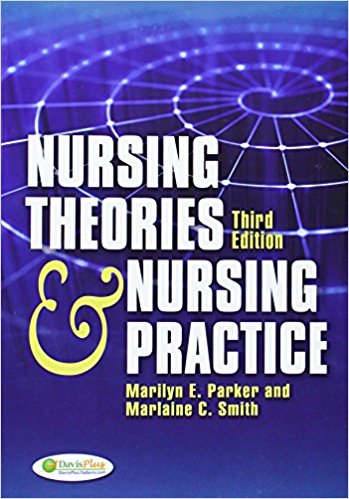
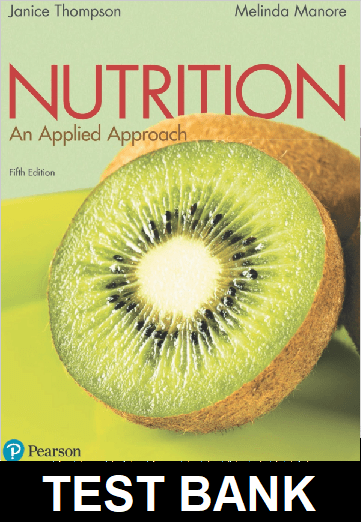
NUTR 1st Edition by McGuire – Test Bank
$25.00
Edition: 1st Edition
Format: Downloadable ZIP File
Resource Type: Test Bank
Duration: Unlimited downloads
Delivery: Instant Download
NUTR 1st Edition by McGuire – Test Bank
Chapter 3 – Body Basics
True/False
1. An ion is a positively or negatively charged atom.
2. Osmosis is the movement of a substance across a cell membrane from an area of higher concentration to an area of lower concentration.
3. Active transport requires energy because it involves the movement of a substance across a membrane from an area of low concentration to an area of higher concentration.
4. Homeostasis is maintained through the coordination of the nervous system and the endocrine system.
5. Digestion and absorption are different names for the same process.
6. Digestion of foods is required so that absorption of nutrients can happen.
7. The sole function of saliva in digestion is to moisten food so that it is easier to swallow.
8. Bioavailability is the extent to which a nutrient is absorbed into the blood or lymphatic system.
9. Water-soluble nutrients are absorbed into the lymph while fat-soluble nutrients are absorbed into the blood.
10. Ulcerative colitis and Crohn’s disease are examples of an inflammatory bowel disease.
Multiple Choice: Fact Recall Based
1. Which of the following lists best describes the levels of organization in the body, from smallest to largest?
A. Atoms, molecules, macromolecules, cells, tissues, organs, organ systems
B. Molecules, atoms, macromolecules, tissues, cells, organs, organ systems
C. Organ systems, organs, tissues, cells, macromolecules, molecules, ions
D. Ions, macromolecules, tissues, organ systems, organs
2. You can determine the number and types of atoms in a molecule using
A. the periodic table.
B. the molecular formula.
C. the Internet.
3. Energy is produced in an organelle called
A. the mitochondrion.
B. the Golgi apparatus.
C. the smooth endoplasmic reticulum.
D. the rough endoplasmic reticulum.
4. The four different types of tissue contained in the human body include all of the following except:
A. epithelial.
B. neural.
C. connective.
D. globular.
5. The amount of time it takes for food to travel the entire length of the G.I. tract is called
A. transit time.
B. transition time.
C. digestion time.
D. elimination time.
6. An example of an accessory organ in the digestive system is the
A. pancreas.
B. small intestine.
C. large intestine.
D. stomach.
7. Digestion refers to
A. the chemical breakdown of foods that happens in the mouth, esophagus, and stomach.
B. the breakdown of foods into a form that can be absorbed.
C. the transfer of nutrients from the small intestine into the blood.
D. the process of solid waste elimination.
8. Peristalsis is the
A. wavelike muscular contractions that propel food from one region of the GI tract to the next.
B. process of chewing food.
C. process of churning food in the stomach.
D. final muscular movement that results in the elimination of waste.
9. The cephalic phase of digestion describes a response that
A. stimulates of the muscles in the GI tract.
B. triggers the release of substances that facilitate chemical breakdown of food.
C. can be initiated by the thought, smell, or sight of food.
D. All of the above
10. The mass of food that the tongue pushes to the pharynx in the first phase of swallowing is called
A. a bolus.
B. a moistened mass.
C. a digestion end product.
D. chyme.
11. The esophagus is a muscular tube that
A. produces digestive enzymes.
B. is the site of some nutrient absorption.
C. transports a bolus of food from the mouth to the stomach.
D. is joined to the stomach by the pyloric sphincter.
12. Gastrin is a hormone that stimulates the release of gastric juice and causes the wall of the stomach to contract vigorously. Gastrin is released in response to
A. the presence of food in the mouth.
B. the presence of food in the esophagus.
C. the presence of food in the stomach.
D. the presence of food in the small intestine.


MAECENAS IACULIS
Vestibulum curae torquent diam diam commodo parturient penatibus nunc dui adipiscing convallis bulum parturient suspendisse parturient a.Parturient in parturient scelerisque nibh lectus quam a natoque adipiscing a vestibulum hendrerit et pharetra fames nunc natoque dui.
ADIPISCING CONVALLIS BULUM
- Vestibulum penatibus nunc dui adipiscing convallis bulum parturient suspendisse.
- Abitur parturient praesent lectus quam a natoque adipiscing a vestibulum hendre.
- Diam parturient dictumst parturient scelerisque nibh lectus.
Scelerisque adipiscing bibendum sem vestibulum et in a a a purus lectus faucibus lobortis tincidunt purus lectus nisl class eros.Condimentum a et ullamcorper dictumst mus et tristique elementum nam inceptos hac parturient scelerisque vestibulum amet elit ut volutpat.
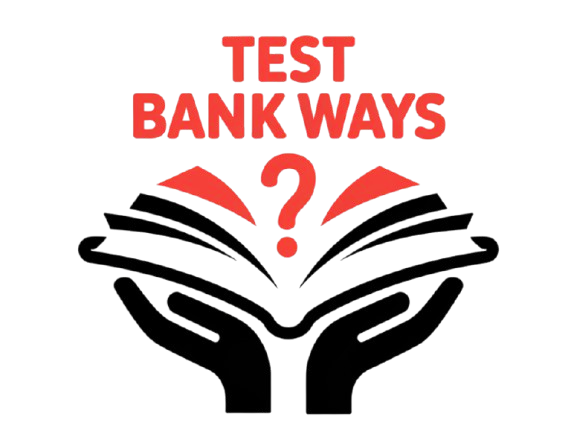
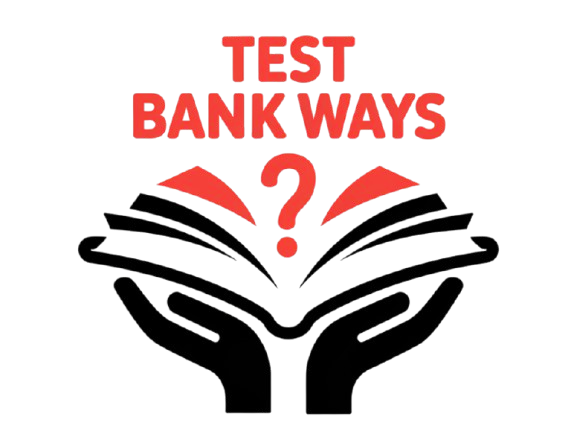
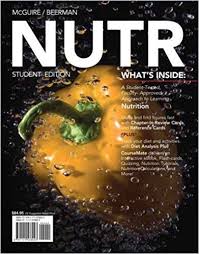
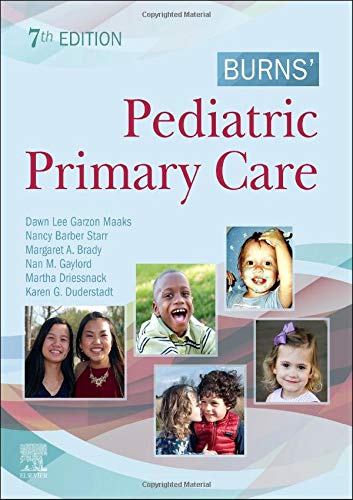
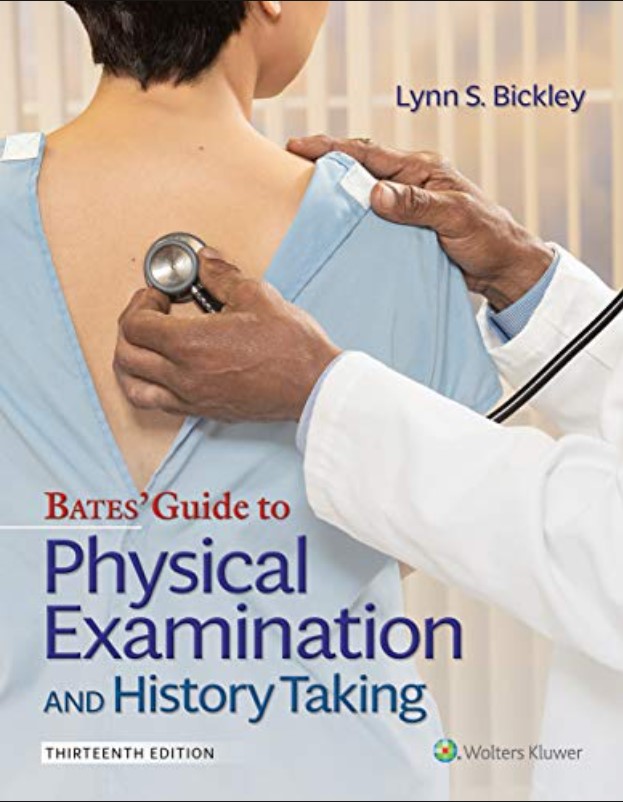
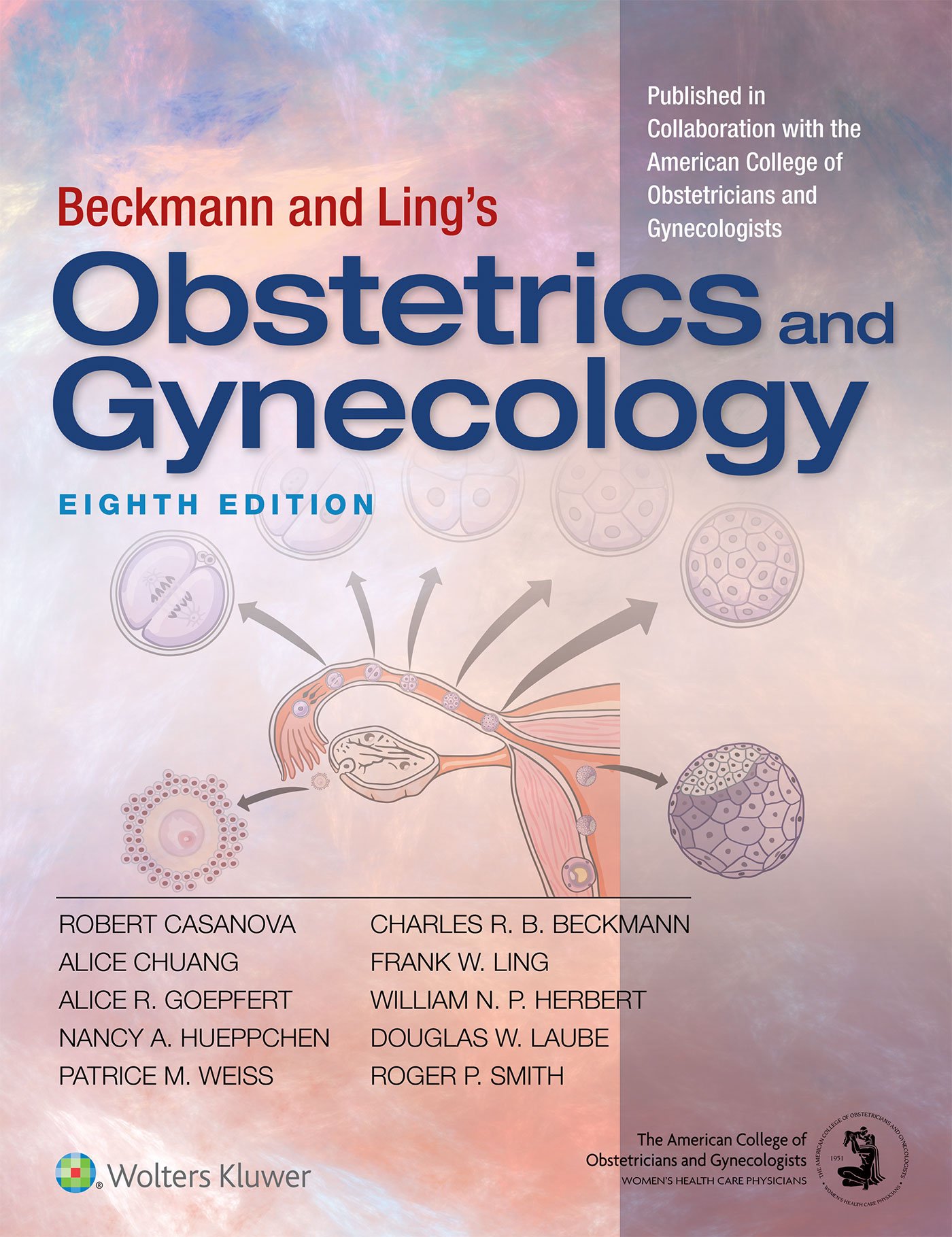
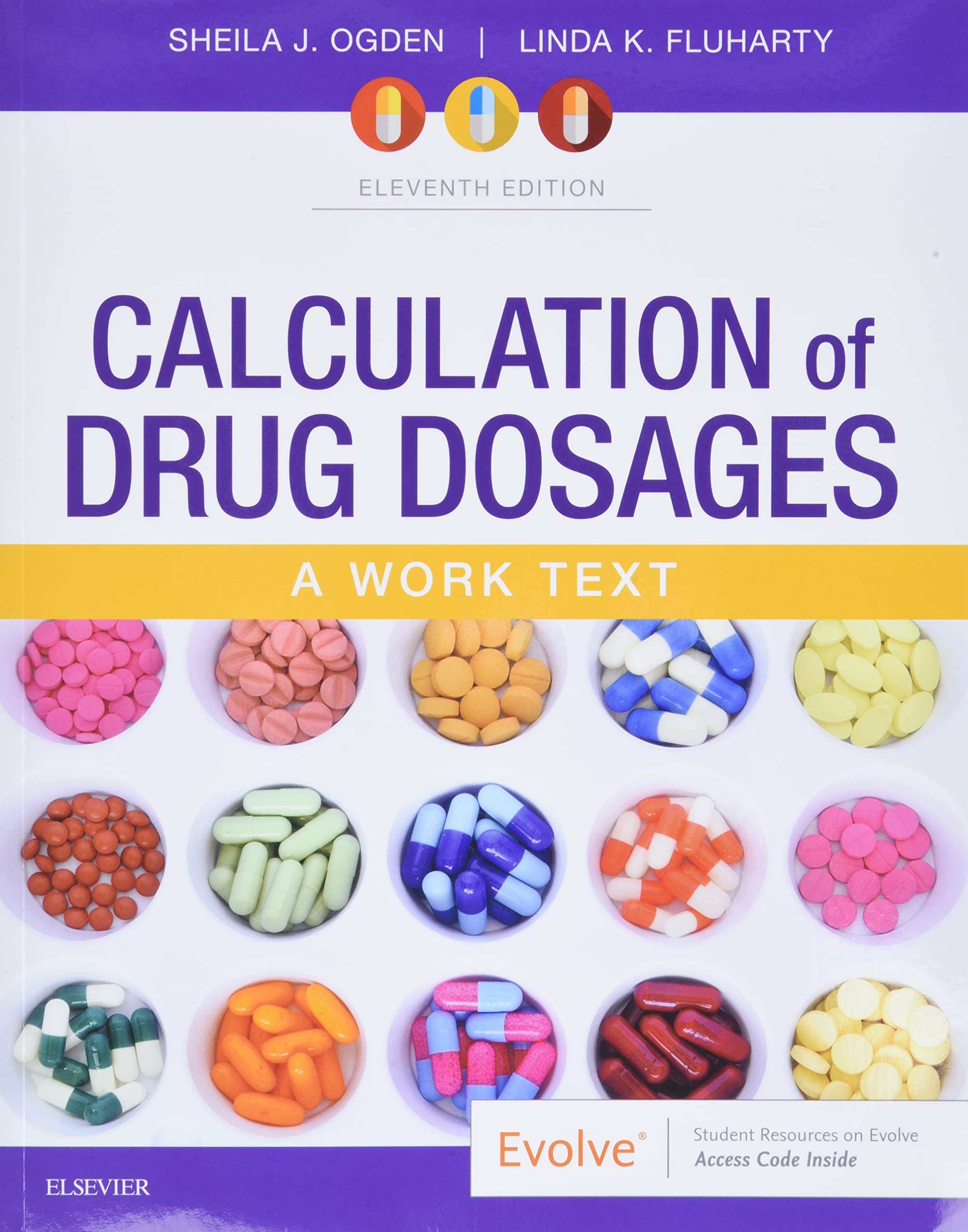
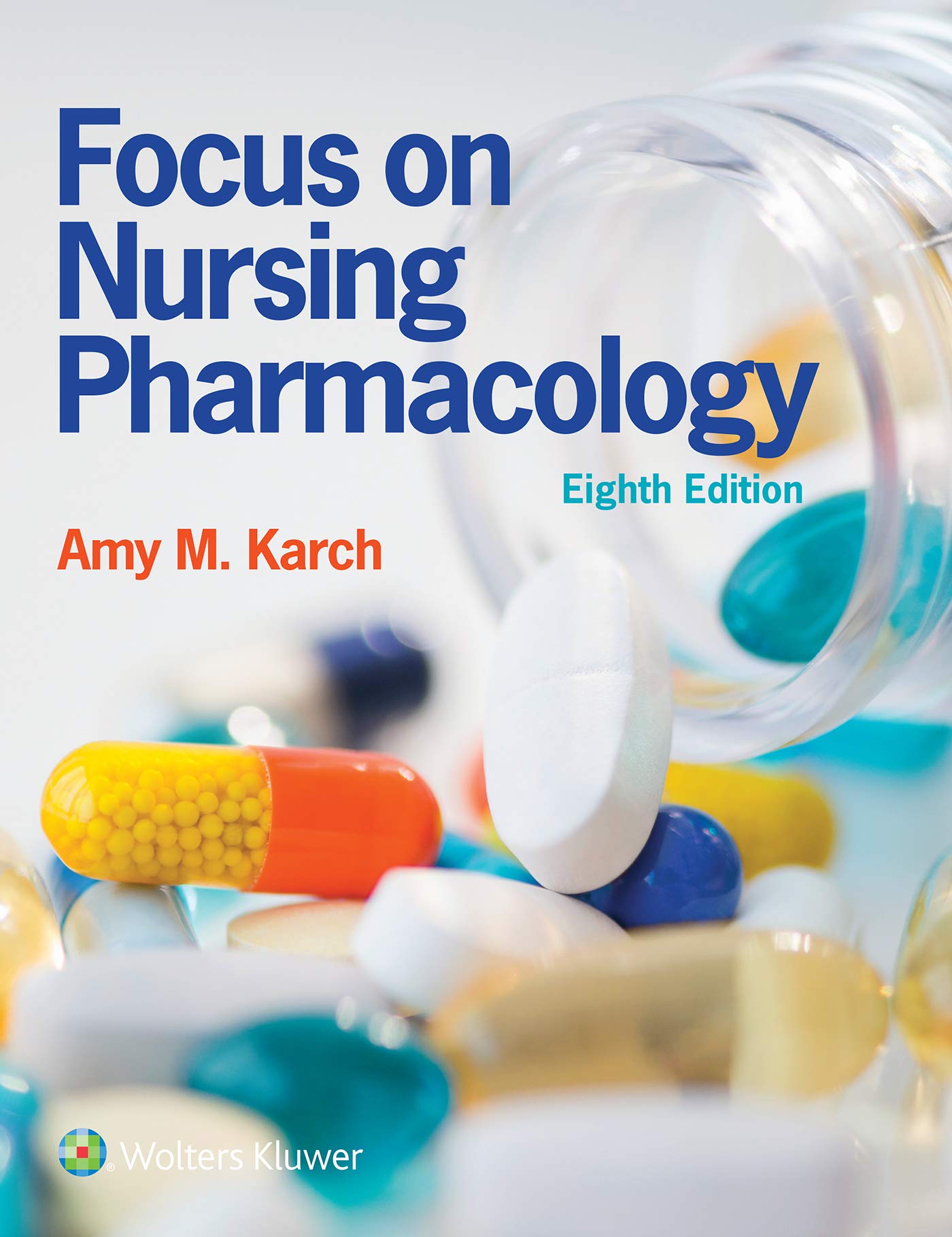
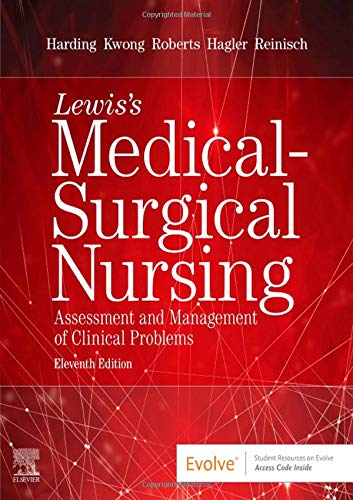
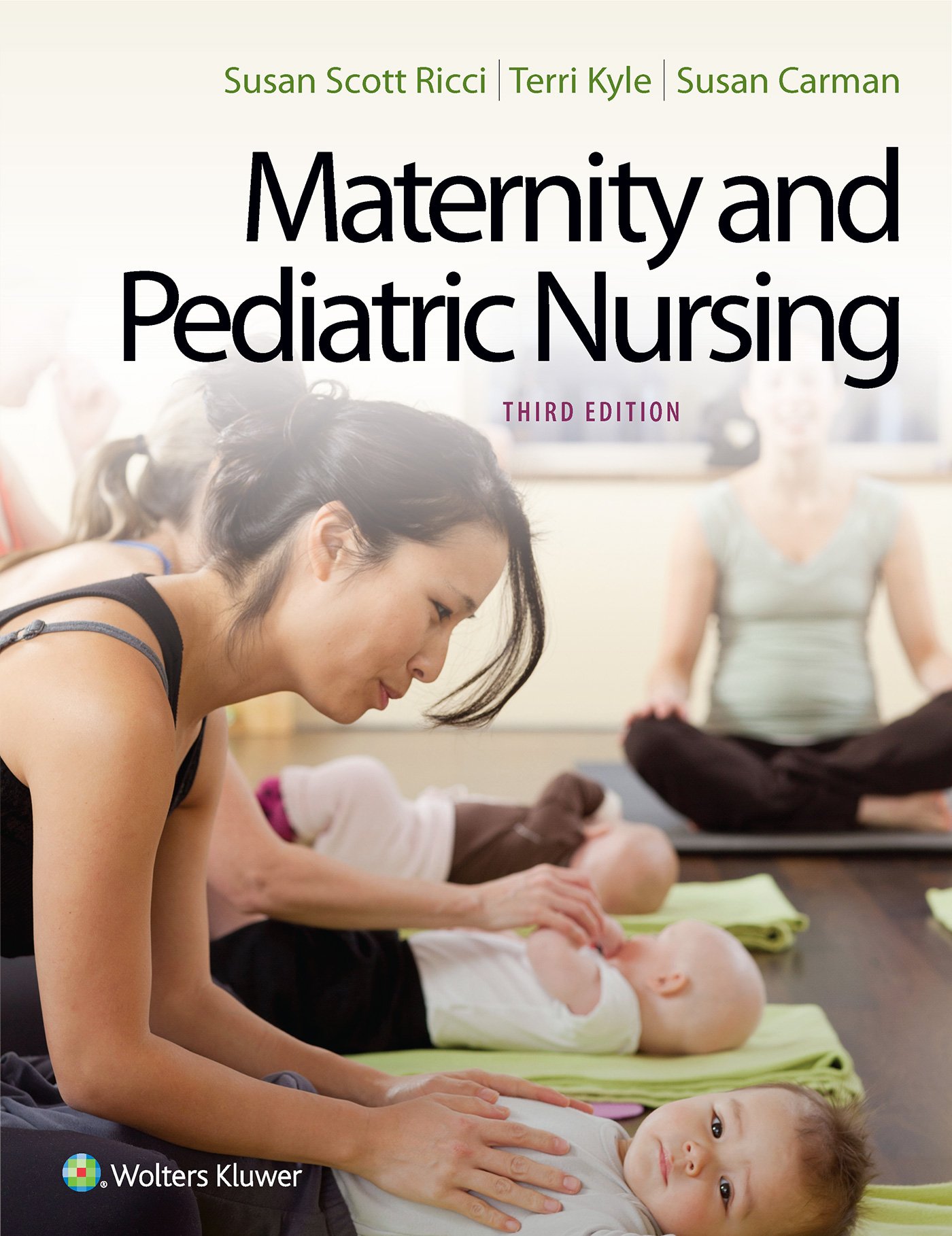
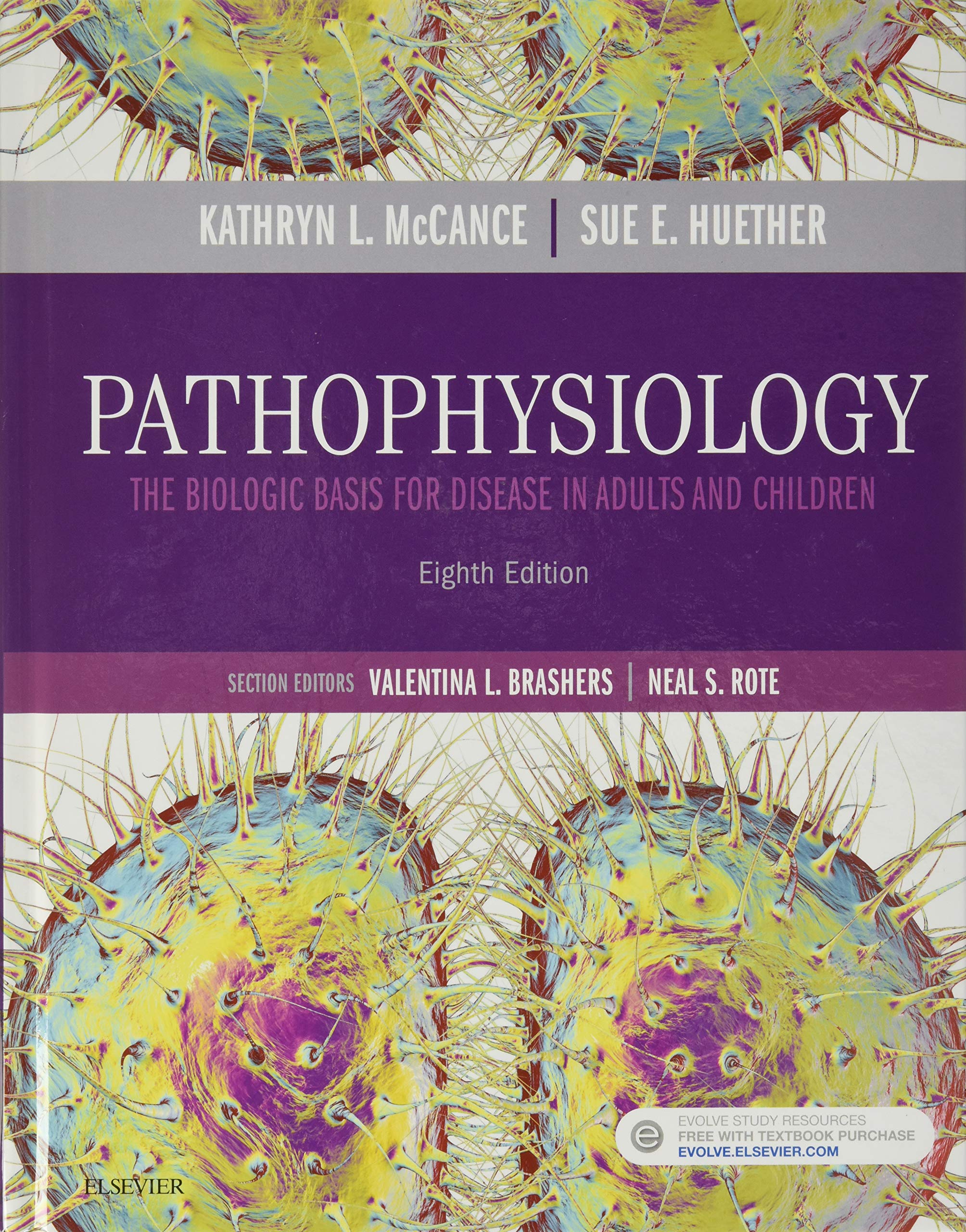
Reviews
There are no reviews yet.